8 Mind-Blowing Historical Events That Happened Simultaneously | Surprising Timeline Coincidences

When History Collides: The Fascinating Overlap of Major Historical Events
History isn't a neat timeline of isolated events—it's a complex web of simultaneous happenings that we rarely connect in our minds. While we tend to compartmentalize historical periods, the reality is far more fascinating: significant moments were unfolding concurrently across the globe, creating unexpected parallels and contrasts.
From ancient civilizations thriving simultaneously to modern innovations developing in parallel, these overlapping events reveal how interconnected human history truly is. In this exploration, we'll uncover eight remarkable instances where major historical milestones coincided, challenging our perception of time and demonstrating how different worlds existed side by side. These surprising historical synchronicities will forever change how you visualize the past!
The Last Mammoths Were Still Alive When the Great Pyramids Were Built
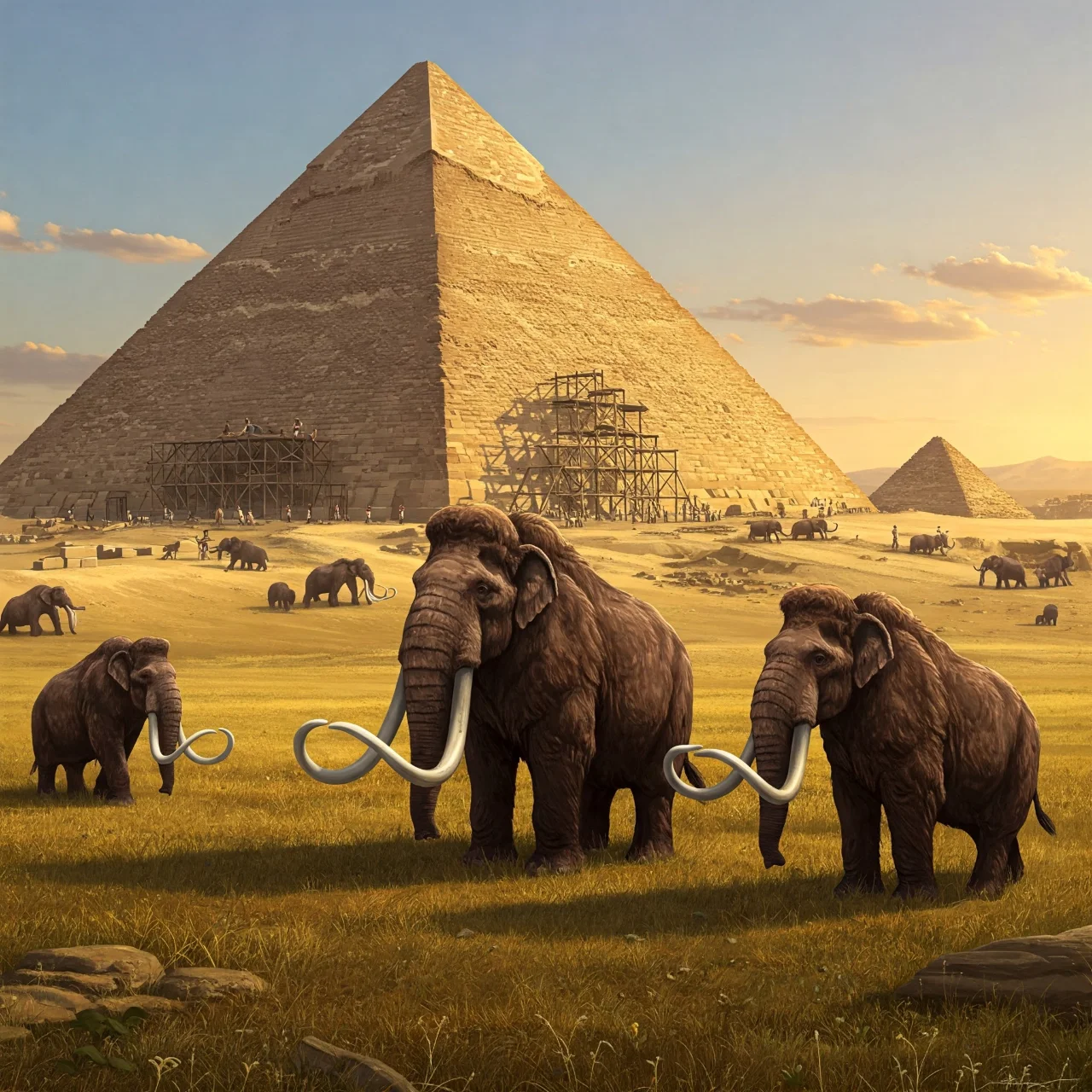
While the Great Pyramid of Giza was being constructed around 2560 BCE, the last woolly mammoths were still roaming Earth on Wrangel Island in the Arctic Ocean. These surviving mammoths, though smaller than their mainland ancestors, continued their existence until approximately 1650 BCE—nearly a millennium after the pyramids were completed. This means that while ancient Egyptians were developing sophisticated architectural techniques and creating one of humanity's most enduring monuments,
these Ice Age creatures—remnants of a world we associate with cave paintings and primitive hunting—were still alive. The juxtaposition is striking: pharaohs commanding thousands of workers to build their eternal monuments while, thousands of miles away on a remote island, the final representatives of a species that had walked alongside early humans continued their isolated existence, unknown to the pyramid builders.
Abraham Lincoln and Charles Darwin Were Born on the Exact Same Day
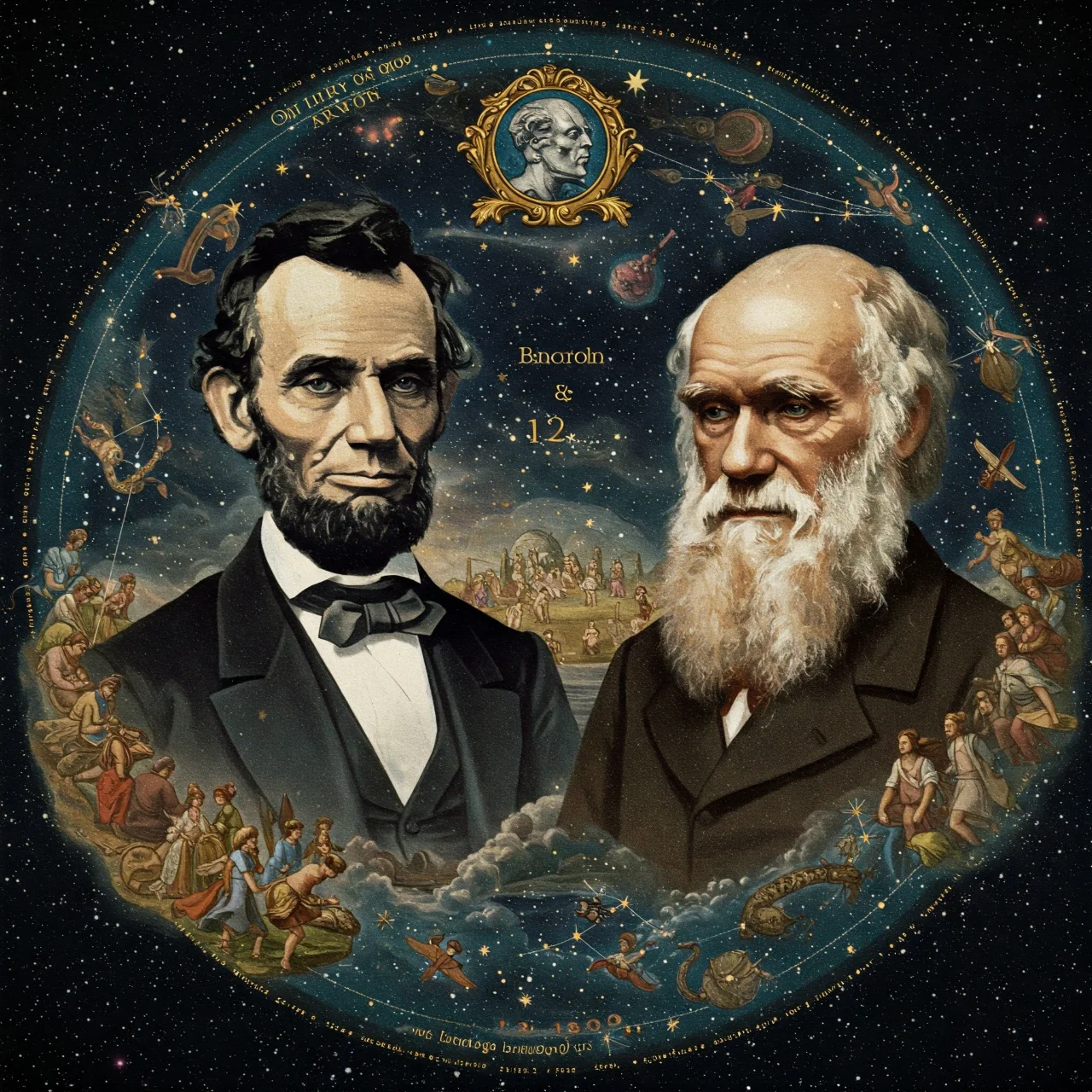
In one of history's most remarkable coincidences, Abraham Lincoln and Charles Darwin were born on precisely the same day: February 12, 1809. While Lincoln grew up in a frontier cabin in Kentucky, with minimal formal education before becoming the American president who would preserve the Union and abolish slavery, Darwin was born into a wealthy English family and would eventually revolutionize our understanding of life on Earth through his theory of evolution.
Both men fundamentally transformed how humanity thinks—Lincoln about equality and governance, Darwin about biology and our place in nature—yet they never met or corresponded. This perfect birthday synchronicity connects two revolutionary figures who, through wildly different paths, challenged the status quo and whose ideas continue to shape our world over two centuries later. Their simultaneous birth seems almost poetic—as if the universe aligned to deliver two transformative thinkers exactly when humanity needed them.
The Ottoman Empire Existed at the Same Time as the Nintendo Company
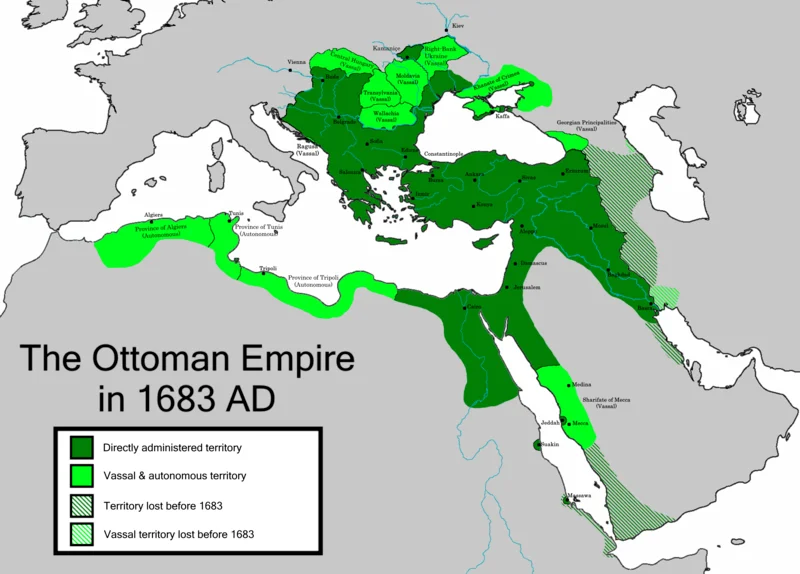
In a startling collision of ancient and modern worlds, the Ottoman Empire—which had ruled vast territories across three continents since 1299—was still in existence when Nintendo was founded in 1889. Originally established as a playing card company in Kyoto by Fusajiro Yamauchi, Nintendo began its journey while Sultan Abdul Hamid II still governed the Ottoman territories. This overlap continued until the Ottoman Empire finally dissolved in 1922, by which time Nintendo had been operating for over three decades.
The juxtaposition is remarkable: while Nintendo's founders were developing traditional hanafuda cards in late 19th century Japan, the ancient sultanate—with its harems, grand viziers, and centuries-old traditions—continued to function in Constantinople (Istanbul). This historical overlap challenges our mental timelines, revealing how traditional empires and modern companies briefly shared the world stage during a pivotal transition period between the ancient order and the technological age.
The Titanic Sank During Picasso's Blue Period

When the RMS Titanic struck an iceberg and sank on April 15, 1912, Pablo Picasso was already a significant artistic figure, working through what art historians now call his Analytic Cubism phase. Just a few years earlier, between 1901 and 1904, he had completed his famous Blue Period works, characterized by their somber indigo tones and themes of poverty and despair. While passengers on the ill-fated luxury liner were dancing to orchestral music in the North Atlantic, Picasso was in Paris, revolutionizing Western art with his radical deconstructions of form and perspective.
The maritime disaster that would become emblematic of human hubris and technological failure occurred simultaneously with one of history's most profound artistic revolutions. This convergence highlights how modernism in art and engineering were developing in parallel—one challenging traditional aesthetic assumptions while the other tested the limits of industrial capabilities—both defining aspects of the early 20th century that continue to fascinate us today.
Harvard University Was Founded While the Taj Mahal Was Being Built

In 1636, as America's oldest university was established in the Massachusetts Bay Colony, Emperor Shah Jahan was simultaneously beginning construction on the Taj Mahal in Agra, India. Harvard's first classes commenced in 1638, the same year that masons and craftsmen were laying the foundation for what would become the world's most famous mausoleum. While Puritan scholars were developing a curriculum focused on classical education and religious instruction in a fledgling colonial outpost,
thousands of artisans in the sophisticated Mughal Empire were applying intricate marble inlays and perfecting Islamic calligraphy for the emperor's monument to his beloved wife. This remarkable parallel reveals how educational institutions and architectural masterpieces were emerging simultaneously in vastly different cultural contexts. Harvard would go on to educate American presidents while the Taj Mahal would stand as India's most recognizable monument—both institutions surviving empires, revolutions, and centuries of change to become enduring symbols of human achievement and aspiration.
The Wild West Era Overlapped with the Victorian Age
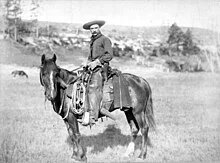
The quintessential American Wild West period—with its cowboys, gunfights, and frontier justice—unfolded almost entirely during Queen Victoria's reign (1837-1901) in Britain. While proper Victorian ladies were sipping tea in corseted dresses and gentlemen were discussing Darwin's theories in London clubs, American outlaws like Jesse James and Billy the Kid were robbing banks in frontier towns. The iconic O.K. Corral gunfight took place in 1881, the same year that Victorians were mourning the death of novelist George Eliot and reading Henry James's Portrait of a Lady.
Even the Transcontinental Railroad's completion in 1869 occurred as British Parliament was passing major education reforms. This overlap reveals the stark contrast between the refinement and industrial maturity of Victorian Britain and the untamed, developing American frontier. Two English-speaking societies experienced dramatically different realities simultaneously—one building an empire through industrialization and rigid social codes, the other expanding westward through rugged individualism and often-violent conquest of indigenous lands.
Ancient Rome Coexisted with China's Han Dynasty
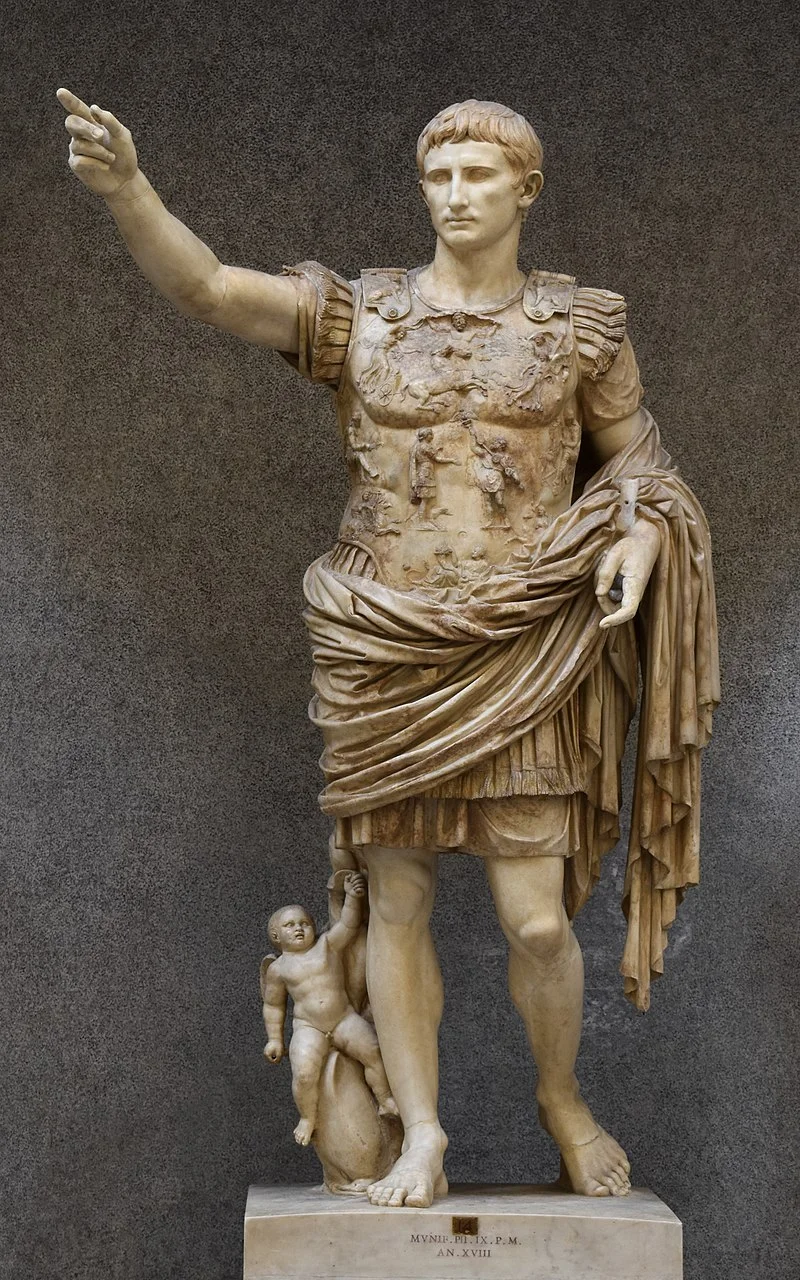
At their respective peaks, the Roman Empire and China's Han Dynasty were the two most powerful civilizations on Earth, ruling opposite ends of the Eurasian continent simultaneously. Between approximately 200 BCE and 220 CE, these empires dominated their regions with sophisticated administrative systems, extensive road networks, and military might. While Augustus became Rome's first emperor in 27 BCE, Emperor Wu of Han was expanding Chinese territories into Korea, Vietnam, and Central Asia.
The Han Dynasty's invention of paper around 105 CE occurred while Roman Emperor Trajan was conquering Dacia in Europe. Though separated by 5,000 miles with minimal direct contact, these empires were aware of each other's existence—Romans coveted Chinese silk, calling the distant land "Serica" (Land of Silk), while Chinese records mentioned "Daqin" (Great Qin), their name for Rome. This parallel development of two vast imperial systems, each believing itself the center of civilization, demonstrates how humanity was advancing simultaneously along similar lines despite geographic separation.
The Last Civil War Veteran Died After the First Nuclear Bomb Was Dropped
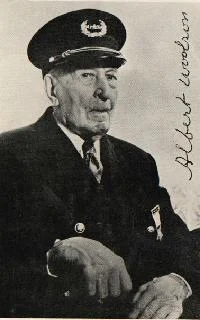
In one of history's most striking timeline collisions, Albert Woolson—the last verified survivor of the American Civil War—lived long enough to witness the atomic age. Woolson, who enlisted as a drummer boy in the Union Army, died in 1956 at age 106, eleven years after the United States dropped nuclear bombs on Hiroshima and Nagasaki. This means that a single human lifespan connected America's bloodiest internal conflict, fought with muskets and cavalry charges, to the dawn of nuclear warfare.
Woolson was approximately 15 years old when Abraham Lincoln was assassinated, yet lived to see the beginning of the Cold War and the presidency of Dwight D. Eisenhower. This remarkable chronological bridge highlights the astonishing pace of technological advancement during the 20th century. A man who once beat drums to signal troop movements in a pre-industrial conflict survived to read newspaper headlines about intercontinental ballistic missiles and hydrogen bombs—a stark reminder of how rapidly the nature of warfare and human society transformed in less than a century.
Comments
Loading comments...